INTRODUCTION
As a Malaysian, I loved curry but I can’t cook curry that is spicy because I have to consider the palate of my kids. Beside curry, I loved curry puffs but I do not really like the filo type of pastry or pastry that requires deep frying… and… I like the type of pastry that is usually used to make apple pies or chicken pies. Therefore, I have decided to make “curry pie” using Japanese curry cubes.
When I first travelled overseas donkey years back, I always craved for Malay or Nonya curries. However, most restaurants overseas did not sell these curries. The more popular curries was the Japanese curries. Initially, I never like Japanese curries because it was sweet and not spicy hot.
I did not “touch” these curries for many years until very recently because of my kids. My kids liked curries but they can’t take the spiciness. When we cooked curry, they will fight for the potatoes. When they know there was a curry dish, before their meals, they would take a cup of cold water with them. During the meal, they would dip the curried potatoes in the cold water and ate them. At times, they would run around the dining table because the washed curried potatoes were still too spicy hot for them.
Two three month’s ago, my kind neighbour gave us some Japanese curries that she cooked and I am very happy to see that my kids were eating happily and requesting for more. Since then, it was quite common for us to cook Japanese curries at home and personally, I have get used to the taste and fell in love with it. Bear with me, the next post will also be another Japanese curry post and I am sure you will like it.
This recipe incorporated both the Western and Asian cuisines ingredients. It is a normal pie crust and you have full flexibility to shape the pie crust topping to your desired pattern. It is cooked with Japanese curry cubes which was not spicy such that it will be more acceptable to Western readers. To make it creamier like Western pie, I have added fresh cream and some parmesan cheeses. The potatoes and curry should be well liked by the Asian readers as it is very common that potatoes are used curry cuisines.
WHAT IS REQURIED
For Potatoes Fillings (Make 8 tarts)
-
3-4 potatoes (boiled and cut into cubes)
-
100 grams of cauliflowers
-
60 grams of Japanese curry cubes (about 3 curry cubes depending on brand)
-
1/4 cups of parmesan cheese (optional)
-
1/2 cups of double cream or whipping creams (optional)
-
Pinches of salt and sugar
-
1 1/2 cups of water
For Pie Pastry
-
50 grams egg yolks (lightly beaten)
-
250 grams plain flour (sifted)
-
20 grams of icing sugar (optional)
-
125 grams of chilled butter cut into cubes
-
50 grams of icy cold water
-
1 egg yolk for egg washing
STEPS OF PREPARTION
Preparation of Potato Filling
-
In a pot, put the water and curry cubes and bring to boil under high heat. Once boiled, turn to medium heat. Add cauliflowers and let it boil for 1-2 minutes. Add in potatoes cubes and boil for 2-3 minutes. Add in cream, salt, sugar and parmesan cheese. Boil for another one minute before off the heat. Let it cool and set aside for later use.
-
It is wise that you take some cooked curried potatoes and taste whether the fillings suits your taste buds. It have to be slightly high handed with your seasonings because this pie crust is not very sweet.
Preparation of Pie Pastry and Baking The Pastry
-
Preheat your to 180 degree Celsius.
-
Beat together one egg yolk, few drops of cooking oil and 2 tablespoon of water. Stir well and sift into a container. Set aside for later egg washing.
-
In a big mixing bowl, put butter cubes and sifted plain flour together. Use the finger tips to rub the butter cubes and flours together until it become crumby. Add in sifted icing sugars and continue to rub until well mix. Add lightly beaten eggs and water, mix slowly until it become a dough.
-
Have a clinging wrap on the table, place the dough on top of the clinging wrap. Put another clinging wrap on top of the dough. Use a rolling pin to roll it into a flat sheet with about 0.5 cm thickness. Transfer the dough to the pie tin and use your hand to press the dough against the sides and make it as even as possible.
-
Roll the remaining pie pastry into a flat piece, cut to small strips and set aside for later use.
-
Fill the pie tins with the curried potatoes. Place the dough strips on top of the curried potatoes in your desired pattern. (Initially, as I am unsure whether I have adequate dough to made a net pattern, therefore I have started the pie with this pattern. Subsequently, since I have some dough left, I have put additional strips to make it into a net pattern.)
-
Use a brush to brush pie crust evenly and baked in the oven for 15 minutes .
-
Take the pie out and perform the second egg washing. Wash thoroughly and bake for another 5 minutes. Note that this step is optional but I like to do this for all my pastries. Should the pie have signs of burnt, lower the temperature by about 20 degrees and continue baking.
-
Transfer to the wire rack for cooling. Let it cool completely before take the pies out from the pie tins.
CONCLUSION
If you like curry puff, you will like this. The pies were prepared after taking into consideration the needs of both Asian and Westerner’s taste buds. Of course, if you like to make the curried potatoes using the local curry paste, it is definitely acceptable. If you like it spicy hot, add in some chilli paste… But I preferred the sweet Japanese curried potatoes with a mild taste of cheeses and creams.
Hope you like the post today and cheers.
For more recipes, you can refer to my RECIPE INDEX here and you can follow me at PINTEREST or visit this blog’s FACEBOOK PAGE .
If you are a Pinterest user and you are interested to have more recipes, you can join or follow this Pinterest Board set up by me where there are more than 1000 recipes worldwide and pinned by various bloggers: FOOD BLOGGERS AND FOODIES UNITED PINTEREST BOARD. You can also join the Food Bloggers and Foodies United Group Facebook Group to see more recipes.


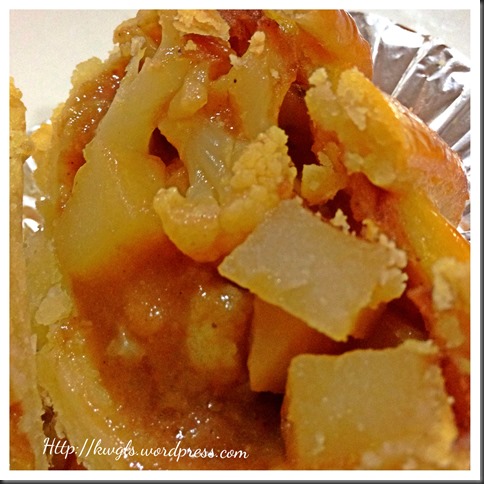














![group-board-picture72222222222222222[1] group-board-picture72222222222222222[1]](https://kwgls.files.wordpress.com/2014/02/group-board-picture7222222222222222211.jpg?w=490&h=249)

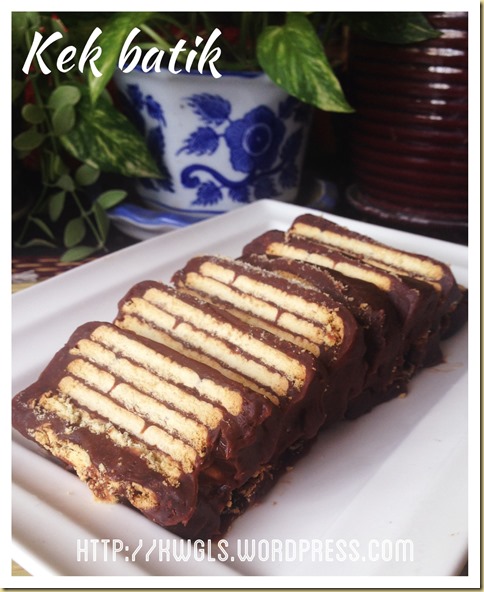




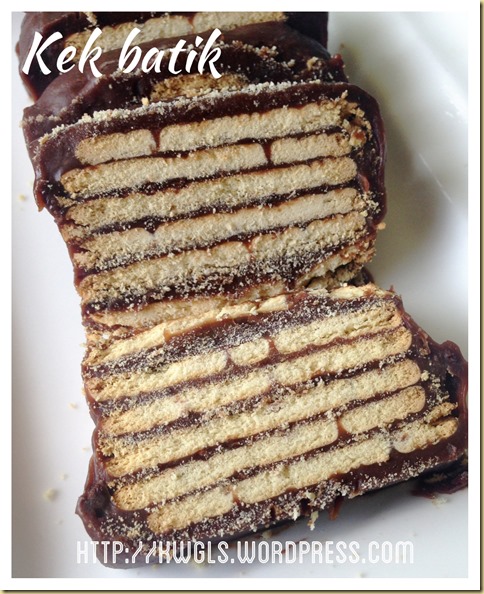
 (Source:
(Source: 





















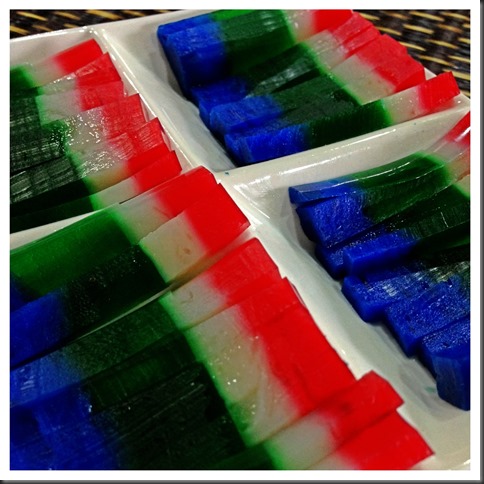


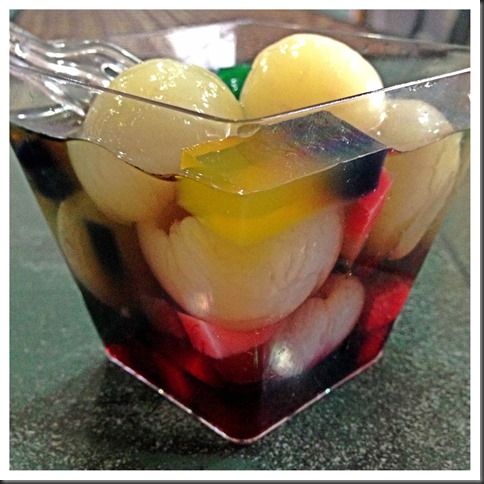


 pic source:
pic source: 


























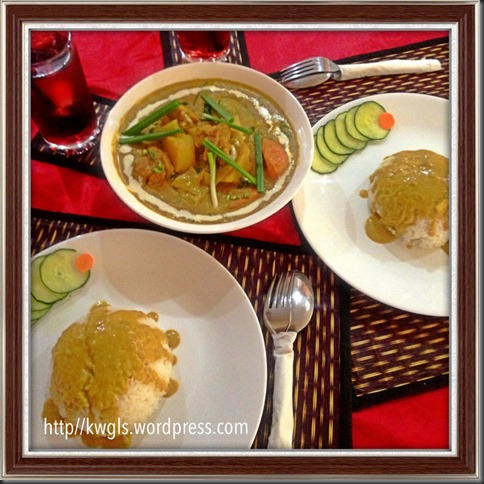
















![group-board-picture72222222222222222[2] group-board-picture72222222222222222[2]](https://kwgls.files.wordpress.com/2013/12/group-board-picture7222222222222222221.jpg?w=490&h=249)













